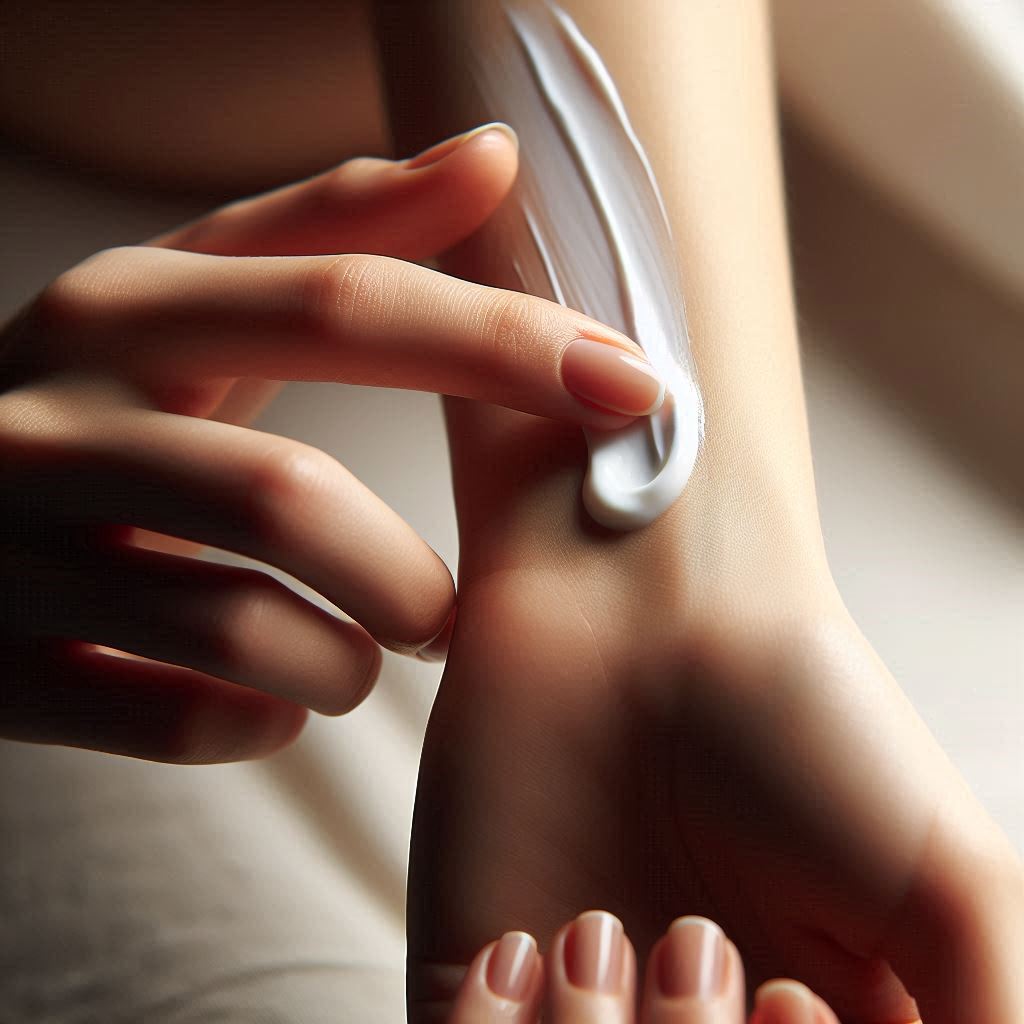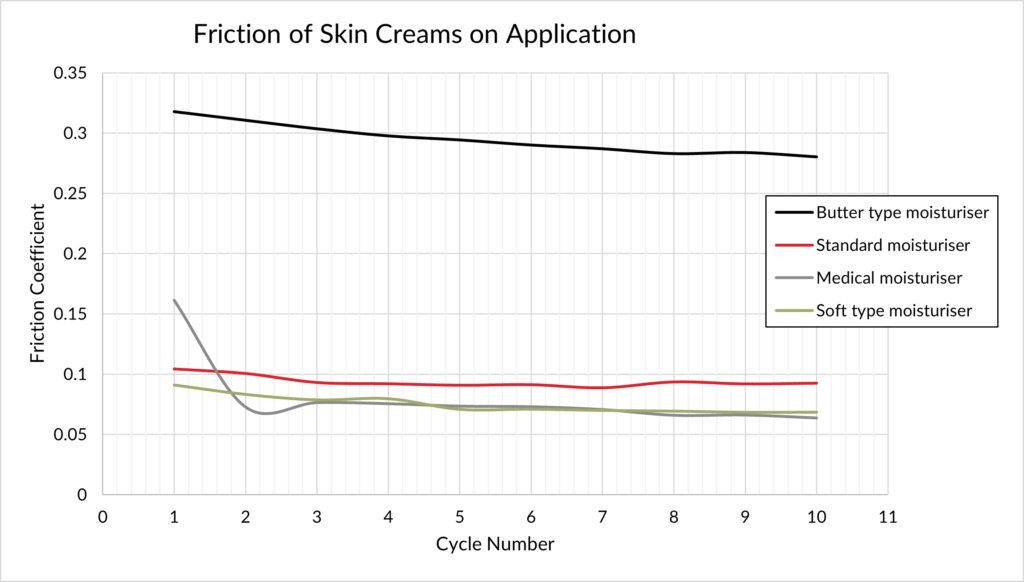The global cosmetics market is valued at a staggering $700 billion per year, encompassing everything from skin creams and shampoos to shower gels and makeup. It’s a fast-paced industry where innovation is essential, especially as brands move toward more sustainable, vegan, and cruelty-free formulations.
A product’s success isn’t just about what’s inside the bottle—it’s about the entire sensory experience. From marketing and packaging to the way it feels during application and after absorption, every detail influences consumer perception.
One of the key scientific factors in this experience is biotribology—the study of friction, lubrication, and wear in biological systems . When a product is applied to the skin, its initial feel is determined by rheology—how it flows, spreads, and changes viscosity under movement. But once it’s on the skin, biotribology properties take over, dictating how smooth, silky, or greasy the product feels as it’s rubbed in.

At Ingram Tribology, we specialise in scientifically evaluating this “on-skin” experience. By mimicking the application of creams and measuring friction, we can provide insights into how different formulations affect sensory perception. This allows cosmetic brands to fine-tune their products to match desired marketing narratives—whether that’s “luxuriously rich,” “feather-light,” or “intensely hydrating.”
To demonstrate this, we tested four types of moisturisers using skin-mimicking materials in a custom test rig, simulating a circular rubbing motion. We also asked our team to apply the creams and describe their experiences.
Here’s what we found:
- The “Buttery” Moisturiser – Thick, oily, and rich, leaving a noticeable residue. Our measurements showed it had the highest friction, matching the perception of heaviness.
- The “Standard” Moisturiser – Thick and nourishing, leaving a protective film on the skin. It showed moderate friction, supporting its “hydrating yet smooth” feel.
- The “Medical” & “Soft” Moisturisers – Light, watery, and fast-absorbing. Both had the lowest friction, correlating with their quick absorption and silky feel.

By combining sensory evaluation with scientific measurement, we bridge the gap between consumer experience and formulation science—helping brands create products that feel just as good as they claim.
Want to learn more about how we can help fine-tune your formulations? Get in touch!
If you want to learn more about biotribology – why not attend our next biotribology for industry course?

